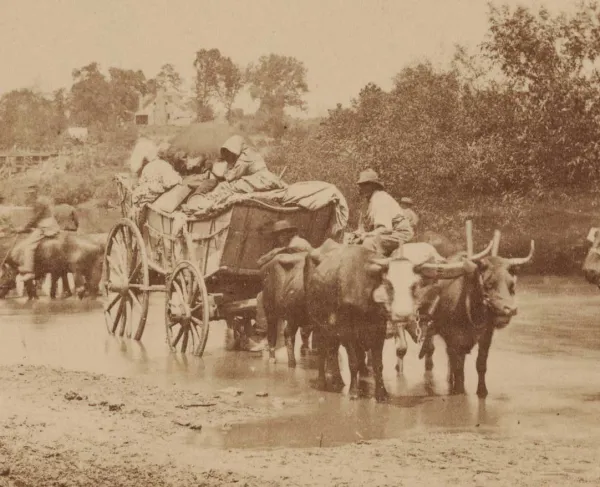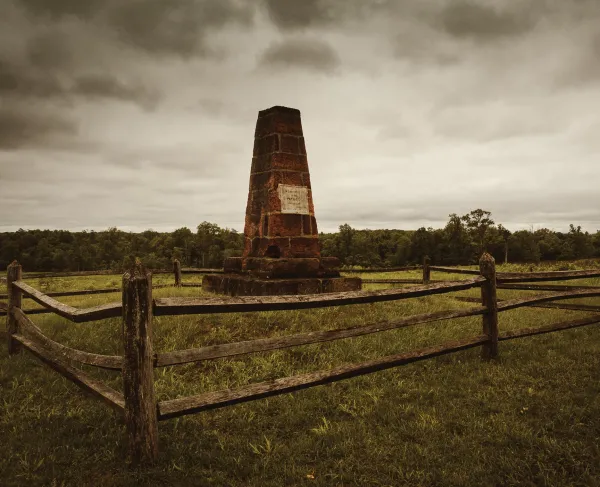The 30th New York at the Battle of Second Manassas
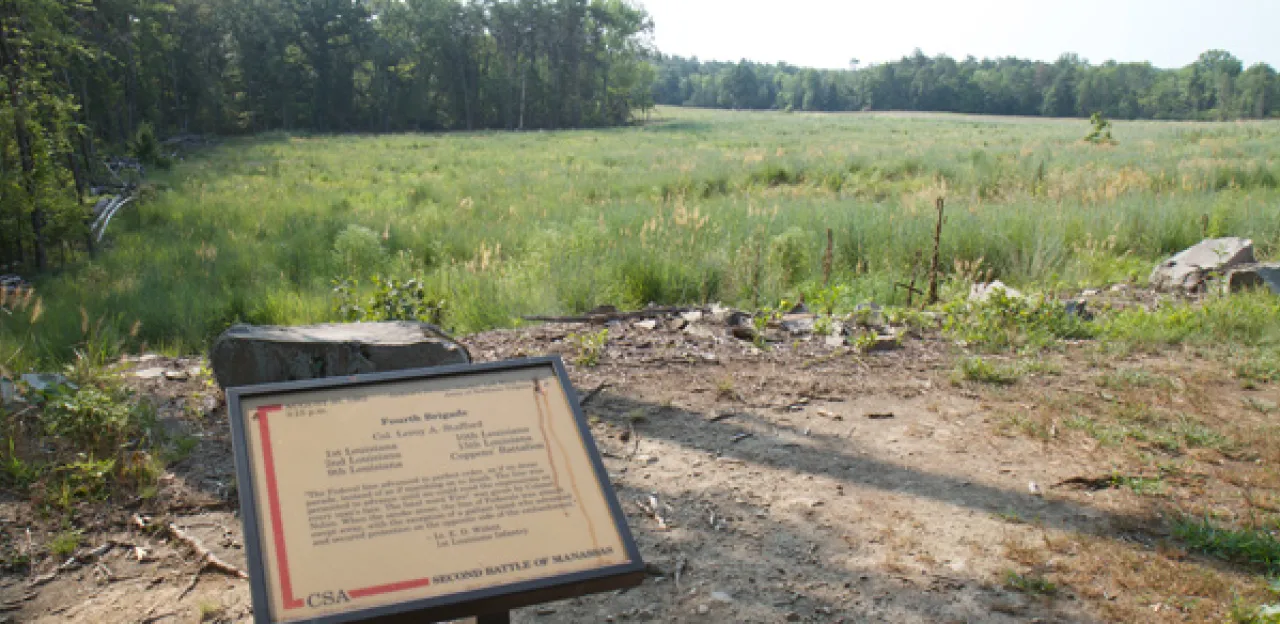
Deep within the archives of the New York State Battle Flag Collection lies a flag once held high by the 30th New York Infantry Regiment during the fighting at the Deep Cut on the Second Manassas battlefield. The New York State Military Museum, housing one of the preeminent collections of Civil War flags anywhere, was kind enough to let us show you this remarkable artifact from 1862.
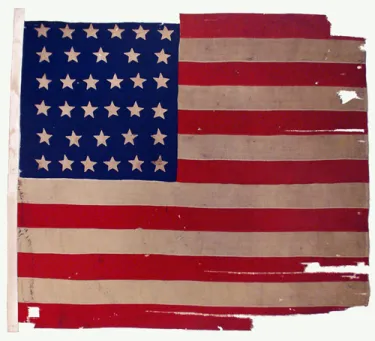
The 30th New York Volunteer Infantry was one of two regiments of Sullivan’s Brigade (1st Brigade of Rufus King’ 1st Division, III Corps) which was slated to participate in the attack on Stonewall Jackson’s position in the unfinished railroad at Second Manassas. Maj. Gen. Fitz John Porter was ordered by commanding general John Pope to lead a decisive charge against Jackson’s Corps, supposedly isolated and vulnerable on the battlefield.
In preparing to make their charge, the men of the 30th formed in the Groveton Woods, partially on the land that the Civil War Preservation Trust is working to preserve in 2010. From these protective woods, the 30th and the rest of Porter’s force was 300 yards from the unfinished railroad – their target.
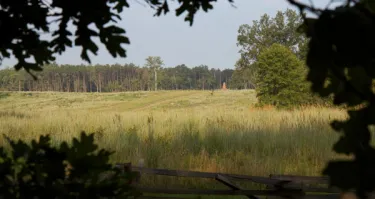
Colonel Edward Frisby, commanding officer of the 30th New York, brandished his sword and led his 341 men out into the open fields shortly after 3:00pm on August 30th. Almost immediately the 30th, and the rest of Porter’s men, came under a withering fire as they raced across the Dogan’s Field. Shortly into their charge, the mounted Frisby was struck in the jaw by a bullet. Ignoring this painful wound, Frisby continued on with his men until shortly thereafter a second bullet struck him at the top of his head, killing him instantly.
Through the shot and shell, the survivors of the 30th New York continued on towards the unfinished railroad. After crossing Schoolhouse Branch, the 30th needed to wheel to the right to ensure that they struck the Confederate line squarely. It was at this time that the impact of S.D. Lee’s Confederate guns was felt most severely. Firing lengthwise down the Union line, Lee’s guns exacted a terrible toll on the New Yorkers.
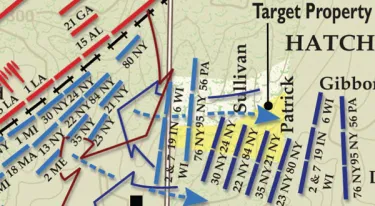
During this frightful advance, it was remembered that eight, maybe ten, different color bearers carrying the national flag were struck down in the attack. Each time, a new color bearer would carry the 34-star wool flag just a little bit closer to the Confederate lines. A man in the 13th New York, another regiment nearby,reported that “our flag was so torn to pieces that it could hardly be recognized.”
Pinned down near the escarpment leading up to the unfinished railroad, the 30th would eventually buckle under the terrible fire. Some of the men of the 30th, not wanting to risk another run back across the open fields, decided to crawl up to the railroad cut and surrender. Others able to do so, raced back across Dogan’s Field to the safety of Groveton Woods.
For the hard-pressed 30th New York, the fight at the unfinished railroad at Second Manassas was the most severe test that the regiment ever faced. Of the 341 men who entered battle that day, 66 of them were killed or mortally wounded – 19% of the entire regiment.
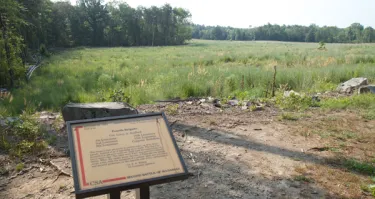
In June of 1863, when the men of the 2-year regiment returned home, Governor Horatio Seymour at the State Capitol in Albany would great them with this flag from their fight at the Deep Cut. Seymour, accompanied by Colonel Searing of the 30th New York, declared that the flag “will be deposited among the treasured war trophies of the State – there to remain as a monument to patriotism, endurance, and heroism of the Thirtieth regiment.”
And thanks to the conservation work of the New York State Military Museum, the flag of the 30th New York can still be viewed today.
